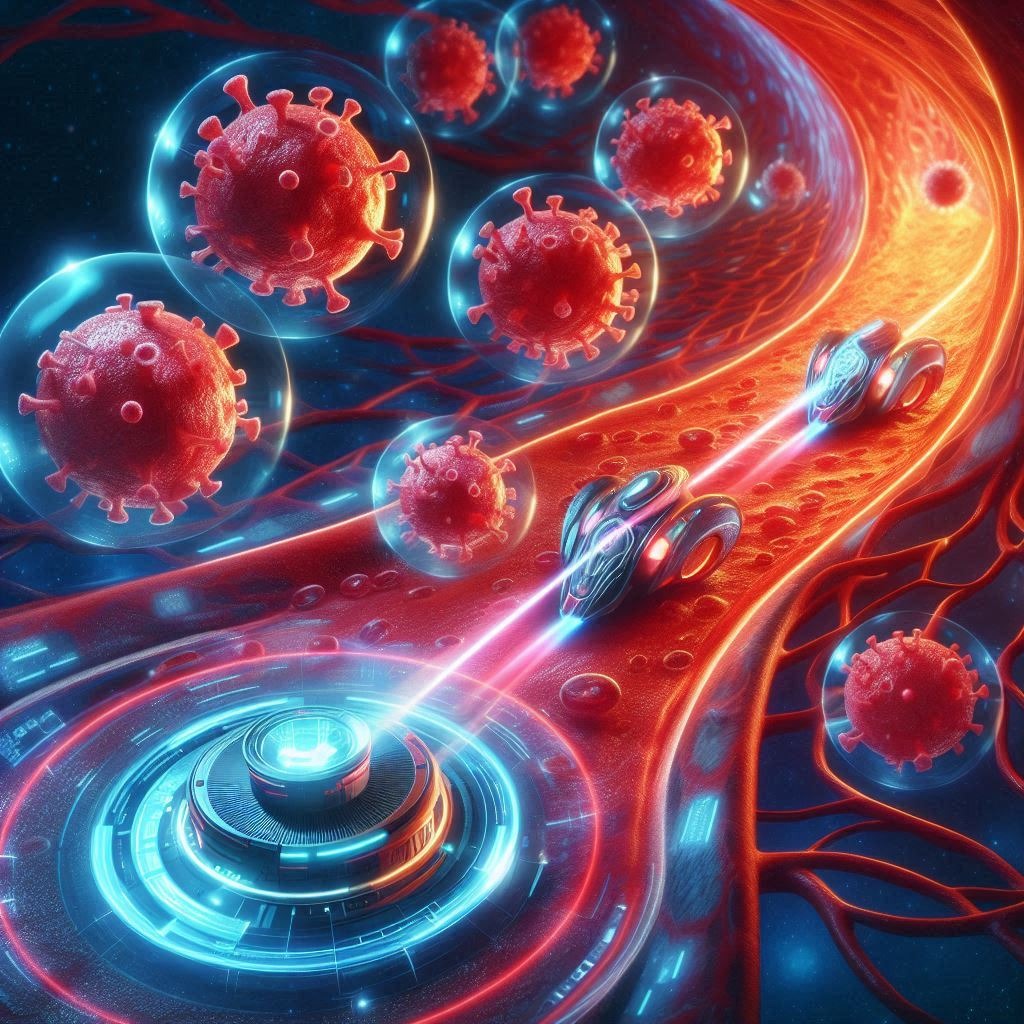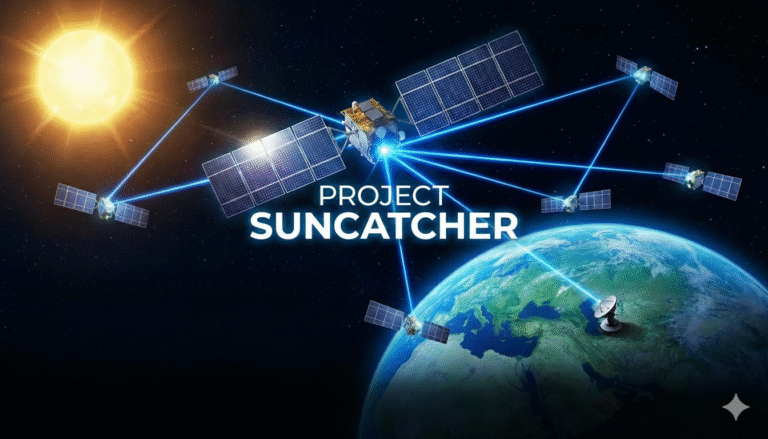The field of medicine has always been shaped by innovations that allow for earlier diagnoses, more effective treatments, and fewer side effects. One of the most transformative breakthroughs of the 21st century is nanotechnology. By manipulating materials at the atomic and molecular level, nanotechnology is enabling a new era in medical science, where diagnosis and treatment can happen with unmatched precision and efficiency.
This blog delves into how nanotechnology is revolutionizing modern medicine, examining real-world applications, emerging research, ethical implications, and what the future holds.
What Is Nanotechnology? A Simple Overview
Nanotechnology refers to the science and engineering of structures sized between 1 and 100 nanometers. To put that into perspective, a nanometer is one-billionth of a meter—roughly 100,000 times smaller than the width of a human hair. This scale allows for unique properties in materials, such as increased strength, chemical reactivity, or electrical conductivity.
In medicine, nanotechnology is utilized in various forms—nanoparticles, nanorobots, nano-coatings, and nanostructures—to interact with biological systems at a cellular or even molecular level.
Nanotechnology in Drug Delivery

One of the earliest and most successful applications of nanotechnology in medicine has been drug delivery. Traditional drug delivery often affects healthy tissues along with diseased ones, leading to side effects. Nanocarriers can solve this by delivering drugs directly to the targeted cells.
- Targeted Delivery: Nanoparticles can be engineered to recognize and bind to specific cells, such as cancer cells. This allows chemotherapy drugs, for instance, to attack tumors directly while sparing healthy tissues.
- Controlled Release: Nanocarriers can be designed to release drugs over a set period or under specific conditions (like pH or temperature), improving effectiveness and reducing dosing frequency.
- Examples in Use:
- Doxil – a nanoparticle formulation of doxorubicin used in cancer treatment.
- Abraxane – a nano-albumin-bound form of paclitaxel for breast cancer treatment.
Nanodiagnostics – Early Detection Saves Lives
Diagnosing diseases early drastically improves treatment outcomes. Nanodiagnostics use nanoscale tools to detect diseases at an earlier stage than conventional methods.
- Biosensors: Nano-enabled biosensors can detect minute concentrations of biomarkers in blood or saliva, often before symptoms arise.
- Lab-on-a-Chip Devices: These compact platforms integrate multiple lab functions on a single chip, enabling rapid, accurate testing at the point-of-care.
- Quantum Dots: Fluorescent nanocrystals used in imaging to tag specific molecules, allowing detailed visualization of cellular processes.
Nanorobots – Science Fiction Meets Reality
The concept of tiny robots navigating the human body was once the stuff of science fiction. Today, it is becoming increasingly real.
- Medical Nanobots: These tiny machines are being developed to perform precise tasks like clearing arterial plaques, repairing tissues, or even performing microsurgeries.
- DNA Origami Robots: Made from folding DNA strands into specific shapes, these bots can carry payloads (like drugs) and open only in response to particular stimuli.
- Cancer Hunting Bots: Some experimental nanorobots are programmed to seek and destroy tumor cells while ignoring healthy ones.
Regenerative Medicine and Tissue Engineering
Nanotechnology is contributing significantly to regenerative medicine by helping create biomimetic materials that support tissue growth and repair.
- Nano-Scaffolds: Used as frameworks for cell growth, promoting the regeneration of damaged tissues like skin, bone, or cartilage.
- Wound Healing: Nano-infused dressings can deliver antibiotics directly to wounds, promote faster healing, and reduce scarring.
- Bone Regeneration: Nanocomposites mimic the structure of natural bone and encourage the growth of new bone tissue.
Fighting Infectious Diseases
Nanotechnology is also a powerful ally in combating infectious diseases like HIV, tuberculosis, and even COVID-19.
- Nano-vaccines: Unlike traditional vaccines, nano-vaccines can deliver antigens more effectively and trigger stronger immune responses.
- Antimicrobial Nanomaterials: Silver nanoparticles and other nanomaterials exhibit strong antimicrobial properties and are used in coatings for medical devices and hospital surfaces.
- Rapid Diagnostics: Nano-based rapid test kits played a pivotal role in mass COVID-19 testing, with faster results and high sensitivity.
Challenges and Ethical Considerations
While nanotechnology holds immense promise, it also raises several concerns:
- Toxicity: Some nanoparticles may be toxic to humans or the environment. More long-term studies are needed.
- Regulation: The pace of innovation often outstrips regulation. Clear guidelines are required to ensure safe implementation.
- Ethics: The use of nanotechnology in human enhancement or invasive diagnostics poses ethical questions about privacy, consent, and equity.
Future Prospects and Emerging Trends
The future of nanomedicine is bright, with numerous avenues under exploration:
- Artificial Organs: Using nanomaterials to build fully functional artificial organs.
- Brain-Machine Interfaces: Nanotech could improve communication between prosthetics and the human nervous system.
- Personalized Medicine: With nanosensors embedded in the body, real-time monitoring of health parameters could lead to truly personalized treatments.
- Smart Pills: Digestible nanodevices that monitor internal conditions and release drugs as needed.
Conclusion: Small Science, Massive Impact
Nanotechnology is ushering in a paradigm shift in medicine, offering tools that are not just smaller but smarter. From targeted cancer therapy and regenerative medicine to diagnostics and robotics, the impact of nanotech is far-reaching. While challenges remain in terms of safety and regulation, the promise it holds is undeniable.
As we continue to unlock the potential of the nano-world, the dream of safer, faster, and more effective healthcare becomes ever more real.











+ There are no comments
Add yours